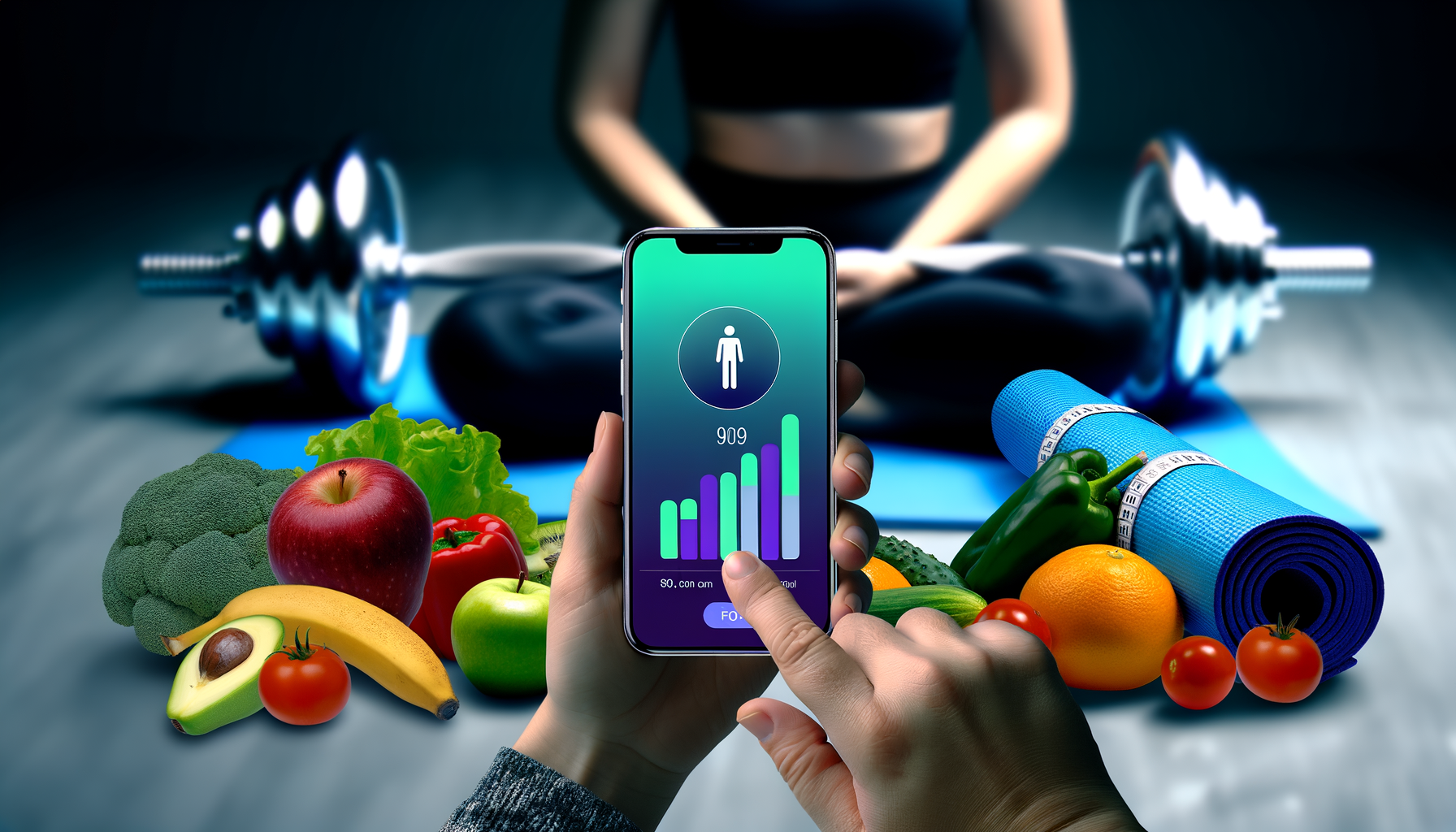The Intersection of Biofeedback and Nutrition: How Calorie Calculator Cloud Can Help
In the modern health and fitness landscape, understanding the intricate relationship between biofeedback, stress eating, and nutritional management is crucial for achieving and maintaining optimal health. The Calorie Calculator Cloud is a powerful tool that can enhance biofeedback in nutrition, providing users with a holistic approach to health management.
Understanding Biofeedback and Its Role in Nutrition
Biofeedback involves the use of devices to monitor and provide feedback on various physiological parameters such as heart rate, breathing patterns, and muscle tension. When integrated with nutritional tools like the Calorie Calculator Cloud, biofeedback can offer a comprehensive view of how the body responds to different dietary choices and stress levels.
For instance, biofeedback devices can track real-time data on a user’s physiological responses, which can then be used to adjust calorie intake recommendations dynamically. This integration ensures that the user’s diet aligns with their current health status, taking into account factors such as stress levels and metabolic responses.
The Impact of Stress Eating on Nutrition
Stress eating is a common phenomenon where individuals turn to food as a coping mechanism for stress. This behavior is often driven by hormonal changes, particularly the release of cortisol, which increases appetite and motivates the consumption of high-fat, sugary foods. These “comfort foods” may provide temporary relief from stress but can lead to weight gain and other health issues over time.
The Calorie Calculator Cloud can help manage stress eating by suggesting diet plans that include stress-reducing foods and activities. For example, if biofeedback data indicates high stress levels, the calculator can recommend healthier snack options, such as an apple with nut butter or hummus with deviled eggs, which are lower in calories and fat but high in satisfaction.
Personalized Health Plans Through Biofeedback Integration
One of the key benefits of integrating biofeedback devices with the Calorie Calculator Cloud is the ability to create highly personalized health plans. Here’s how this works:
- Real-Time Feedback: Biofeedback devices provide real-time data on the user’s physiological responses. This data is then used to adjust the calorie intake recommendations, ensuring that the diet plan is tailored to the user’s current health status.
- Stress Management: The system can suggest relaxation exercises or breathing techniques based on biofeedback data indicating high muscle tension or other stress indicators. This holistic approach helps users manage stress more effectively, reducing the likelihood of stress eating.
- Nutritional Monitoring: By integrating with nutritional assessment tools, the Calorie Calculator Cloud can monitor the user’s current nutrient and fluid intake. Methods such as the 24-hour recall method, food frequency questionnaire (FFQ), and diet charts can be used to ensure that the user is meeting their nutritional goals.
Case Study: Successful Integration of Biofeedback and Calorie Calculator
A fitness website that integrated the Calorie Calculator Cloud with biofeedback devices saw significant improvements in user engagement and satisfaction. Here’s what they achieved:
- Comprehensive Health Management: The website used biofeedback devices to track users’ heart rates, breathing patterns, and muscle tension. This data was then used to adjust the calorie intake recommendations provided by the Calorie Calculator Cloud. Users received personalized diet plans that helped them achieve their weight goals and manage their stress levels effectively.
- Increased User Engagement: The integration led to a significant increase in user engagement and satisfaction. Users felt more connected to their health journey, and the website saw a boost in client retention and new lead generation.
Technical Implementation of Biofeedback Integration
To integrate biofeedback devices with the Calorie Calculator Cloud, several steps can be taken:
- Choose a Biofeedback Device: Select a biofeedback device that can connect to your website or application via APIs or other integration methods.
- Configure Data Transfer: Configure the Calorie Calculator Cloud to receive data from the biofeedback device. This might involve setting up webhooks or using Zapier integrations to automate the data transfer.
- Analyze and Adjust Recommendations: Develop a system to analyze the biofeedback data and adjust the calorie calculator’s recommendations accordingly. This could involve using machine learning algorithms to interpret the data and make personalized suggestions.
Conclusion and Next Steps
Integrating biofeedback devices with the Calorie Calculator Cloud is a powerful way to enhance user experience and provide a holistic approach to health management. By leveraging the advanced features of the Calorie Calculator Cloud and the benefits of biofeedback, you can create a system that not only helps users manage their calorie intake but also reduces stress and improves overall well-being.
If you are looking to take your health and fitness website to the next level, consider integrating the Calorie Calculator Cloud with biofeedback devices. For more information on how to get started, visit the Calorie Calculator Plans page and explore the various features available.
By combining these tools, you can offer your users a unique and personalized health management experience that sets your website apart in the competitive health and fitness industry. Start your journey today with the Calorie Calculator Cloud and see the difference it can make in your users’ health and well-being.








